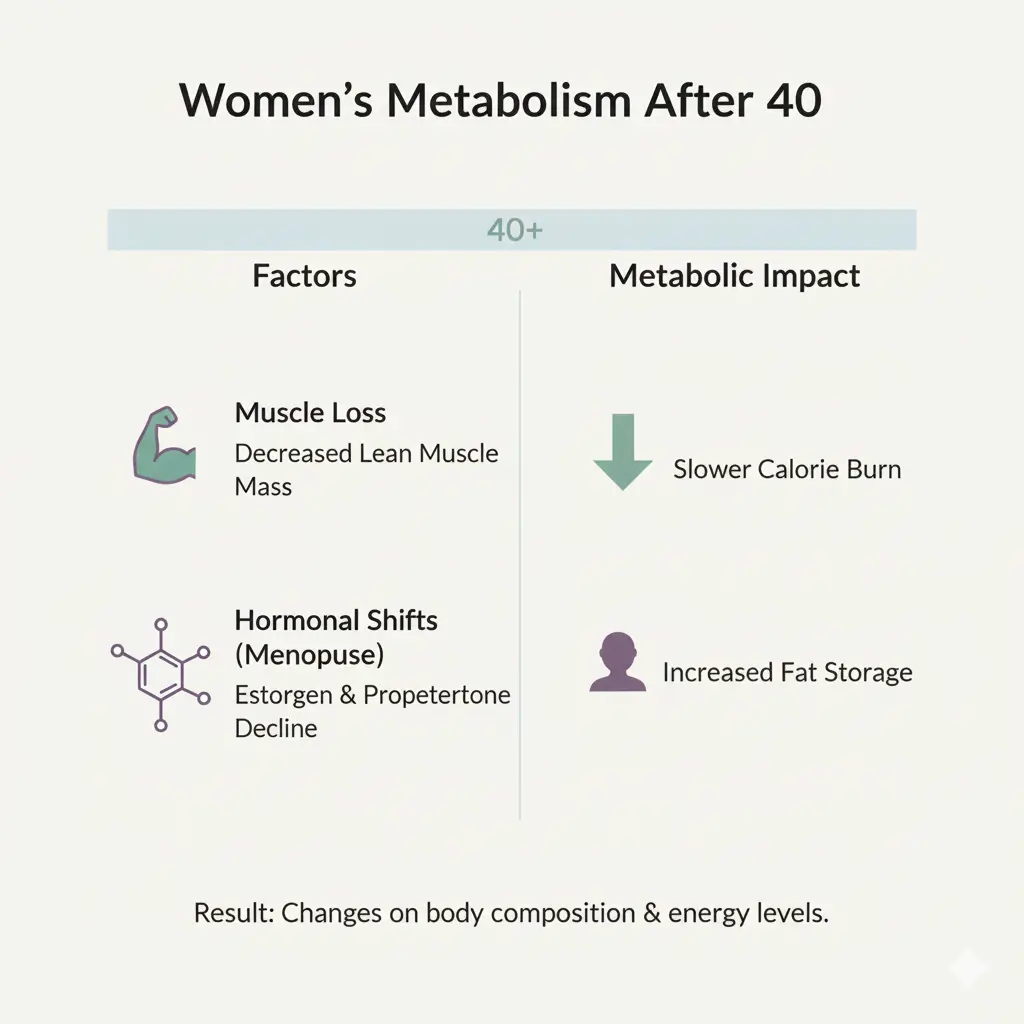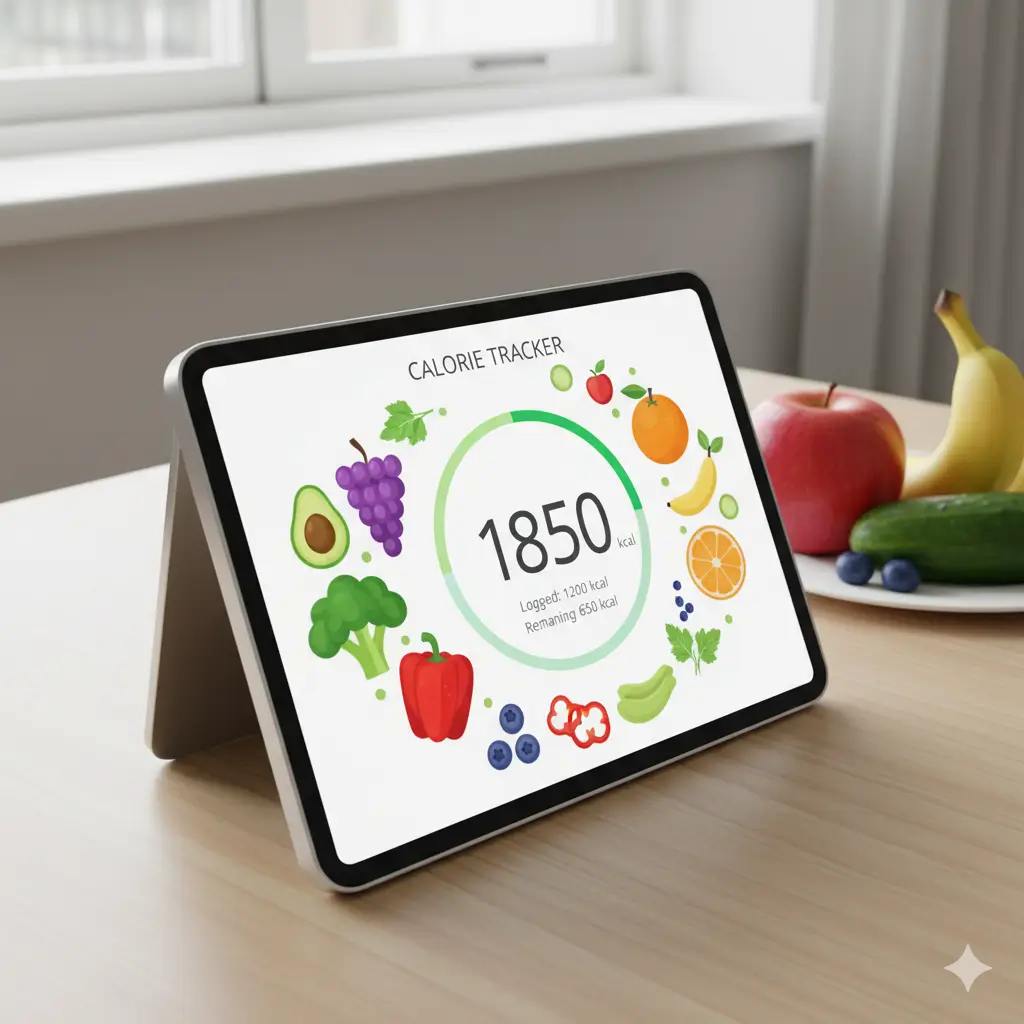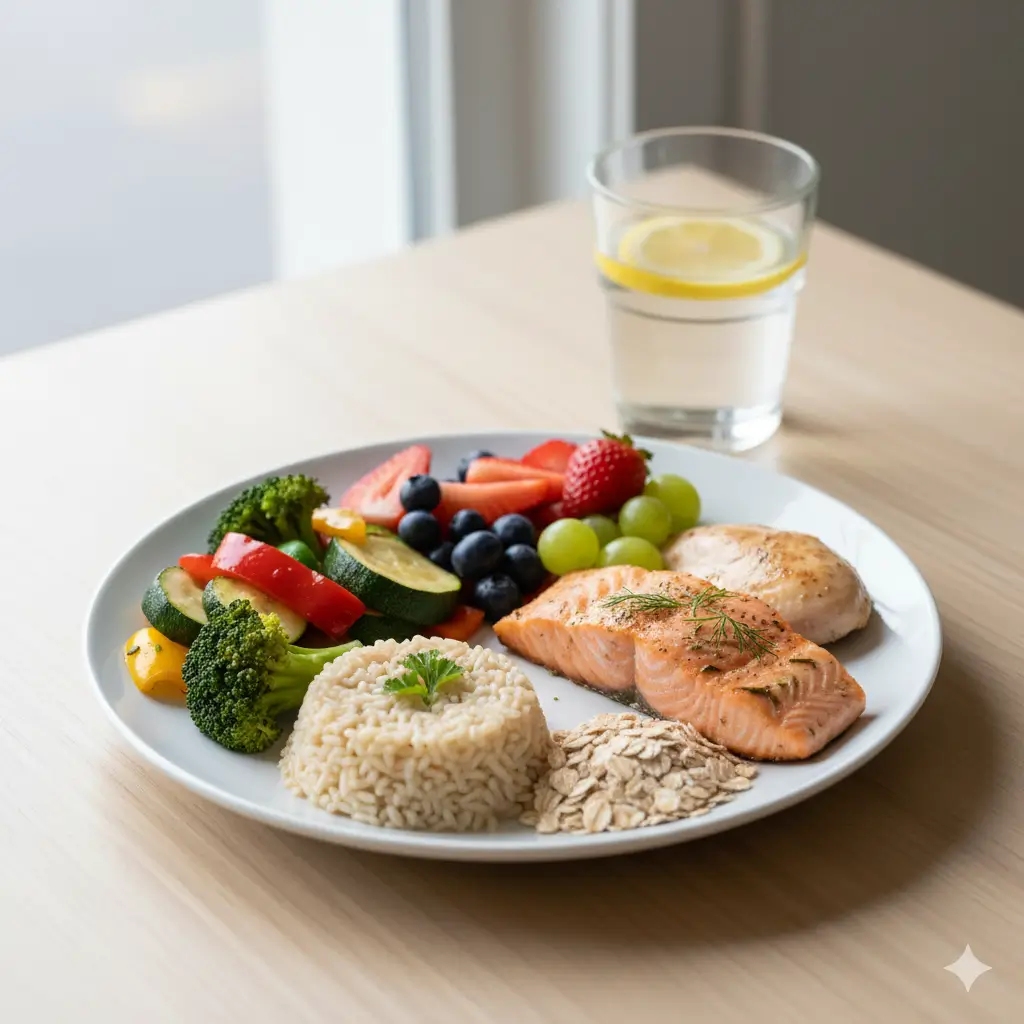
Calorie needs for women vary significantly based on age, body size, and lifestyle — especially for women over 40. Whether you’re looking to maintain your weight, lose fat, or build muscle, understanding your personal calorie requirements is the foundation of long-term weight management. As your metabolism shifts, especially during midlife, factors like activity level, hormone changes, and how many calories are burned each day play a crucial role. This guide will help you decode how many calories your body truly needs based on whether you’re moderately active, sedentary, or somewhere in between.
Why Women’s Calorie Needs Change After 40

After 40, biology starts to play a more dominant role in weight and energy balance. Here’s why:
- Hormonal shifts during perimenopause and menopause (e.g., lower estrogen) reduce metabolic rate and can lead to increased fat storage, especially around the belly.
- Loss of muscle mass (a condition known as sarcopenia) naturally happens with age, which lowers your resting metabolic rate (RMR).
- Activity level may decline due to lifestyle changes, careers, or caregiving roles, further reducing daily calorie burn.
Fun Fact: Estrogen plays a role in regulating metabolism. As estrogen levels drop, your body may become more efficient at storing fat — especially in the abdominal region.
How Activity Level Affects Your Calorie Needs
Your body doesn’t just burn calories while exercising. Even when you’re at rest, you’re using energy for basic functions like breathing and cell repair — known as your Basal Metabolic Rate (BMR). Add in movement like walking, house chores, or workouts, and you get your Total Daily Energy Expenditure (TDEE)
| Activity Level | Description | Estimated TDEE (Age 40–50 Female) |
|---|---|---|
| Sedentary | Little to no exercise | 1,600–1,800 calories/day |
| Lightly Active | Walking 3x/week or light chores | 1,800–2,000 calories/day |
| Active | Moderate exercise 3–5x/week | 2,000–2,200 calories/day |
| Very Active | Intense exercise or physical job | 2,200–2,400+ calories/day |
How to Calculate Your Calorie Needs Accurately

There are two main ways to estimate your calorie needs:
1. Use the Mifflin-St Jeor Formula (used by dietitians)
For women:BMR = 10 × weight(kg) + 6.25 × height(cm) – 5 × age(y) – 161
Then multiply BMR by your activity factor to get TDEE:
- Sedentary: BMR × 1.2
- Lightly Active: BMR × 1.375
- Active: BMR × 1.55
- Very Active: BMR × 1.725
2. Use an Online Calorie Calculator
Great tools include:
- NIH Body Weight Planner
- Precision Nutrition Calculator
- MyFitnessPal, Cronometer, or Apple Health
Setting Calorie Goals for Weight Loss
To lose weight, you need to eat fewer calories than you burn — a calorie deficit. But going too low can lead to fatigue, cravings, and muscle loss.
- Safe deficit: 300–500 calories/day
- Target: Lose 1 pound/week = 3,500 calories/week deficit
If you previously maintained weight on 2,000 calories/day, a reduction to around 1,500–1,700 may support fat loss without harming your metabolism.
❌ Caution: Consuming under 1,200 calories per day can slow your metabolism and deprive your body of essential nutrients — especially in midlife.
It’s Not Just Calories — What You Eat and Drink Matters

Focusing only on calories while ignoring the quality of your food can lead to nutritional imbalances. What you eat and drink shapes how satisfied, energized, and metabolically efficient you feel.
Prioritize:
- Protein: chicken, tofu, eggs, Greek yogurt (preserves muscle mass)
- Fiber: whole grains, leafy greens, berries
- Healthy fats: nuts, olive oil, avocado
- Fruits and vegetables: for vitamins, minerals, and satiety
- Hydration: helps with digestion and hunger signals
Example: A breakfast of eggs, sautéed veggies, and oats supports blood sugar balance and muscle repair. Learn more about creating a balanced diet plan for women over 40.
How to Track Calories Without Obsession

Being calorie-aware doesn’t require perfection. Focus on trends, not perfection.
Recommended tools:
- MyFitnessPal, Lose It!, Cronometer
- Apple Watch or Fitbit to estimate burned each day
- Digital food scale to weigh ingredients accurately
- Learn to read a food label for precise serving sizes
Pro Tip: Always weigh food raw unless otherwise specified on the label, as cooked weights vary based on water loss.
Typical Calorie Needs by Age Group (For Women)
| Age Range | Sedentary | Moderately Active | Active |
|---|---|---|---|
| 20–30 | 1,800 | 2,000–2,200 | 2,400 |
| 30–40 | 1,800 | 2,000 | 2,200 |
| 40–50 | 1,600 | 1,800–2,000 | 2,200 |
| 50–60 | 1,600 | 1,800 | 2,000 |
| 60+ | 1,600 | 1,800 | 2,000 |
Frequently Asked Questions About Calorie Needs for Women
Not typically for women over 40. Eating this little can cause fatigue, nutrient deficiencies, and a slowed metabolism. Most women do better in the 1,400–1,700 calorie range, depending on body size and activity.
Start with your Total Daily Energy Expenditure (TDEE), then subtract 300–500 calories. Online calculators or the Mifflin-St Jeor equation can help set safe calorie goals.
Most women in their 50s require 1,600–2,000 calories/day, depending on whether they are sedentary, moderately active, or active.
Age, body size, muscle mass, heart rate, activity level, and hormone changes all influence how many calories your body burns daily.
Yes. After menopause, metabolism slows, estrogen drops, and calorie requirements decrease. Prioritizing protein and resistance training helps maintain muscle and support healthy weight management.
Final Thoughts: It’s About Awareness, Not Restriction
Every woman’s body is unique. From reading a food label to making smarter choices in what you eat and drink, you can align your calorie intakes with your goals. Whether you want to lose weight, maintain, or gain strength, the path starts with understanding your calorie needs.
You’re not dieting. You’re building a sustainable, confident life — one plate at a time.